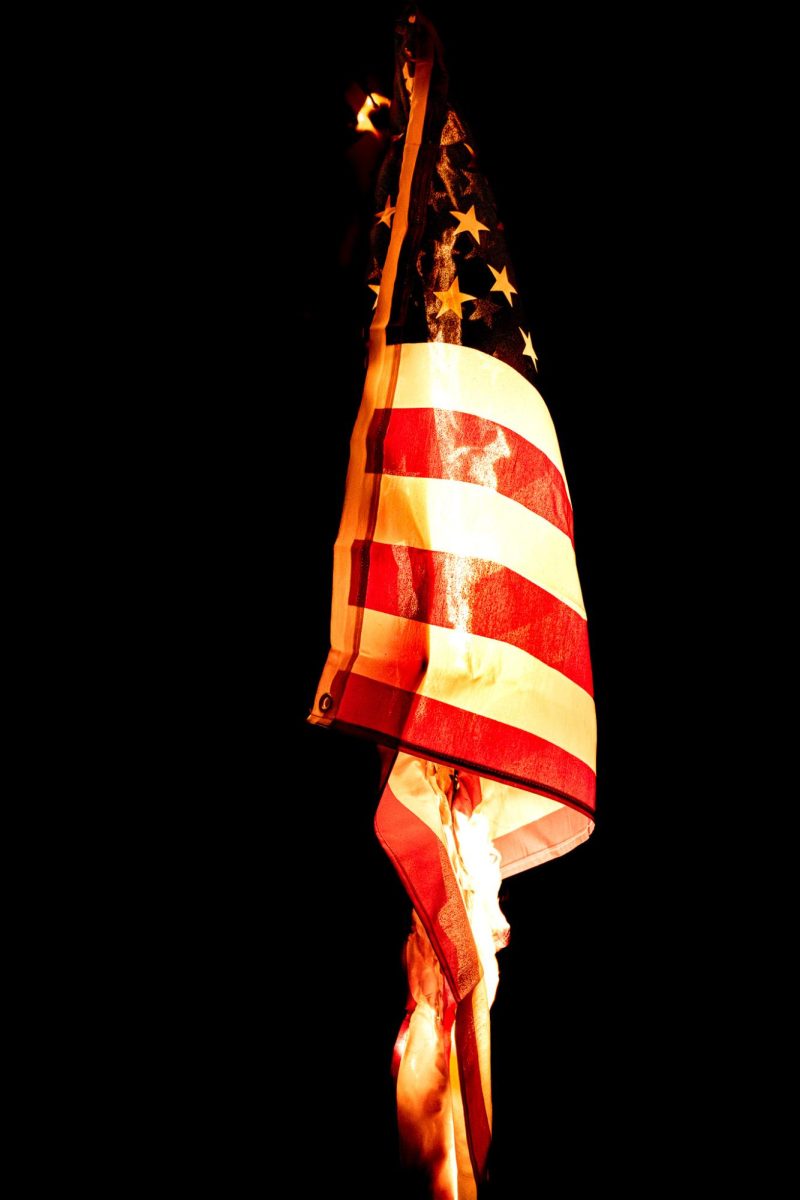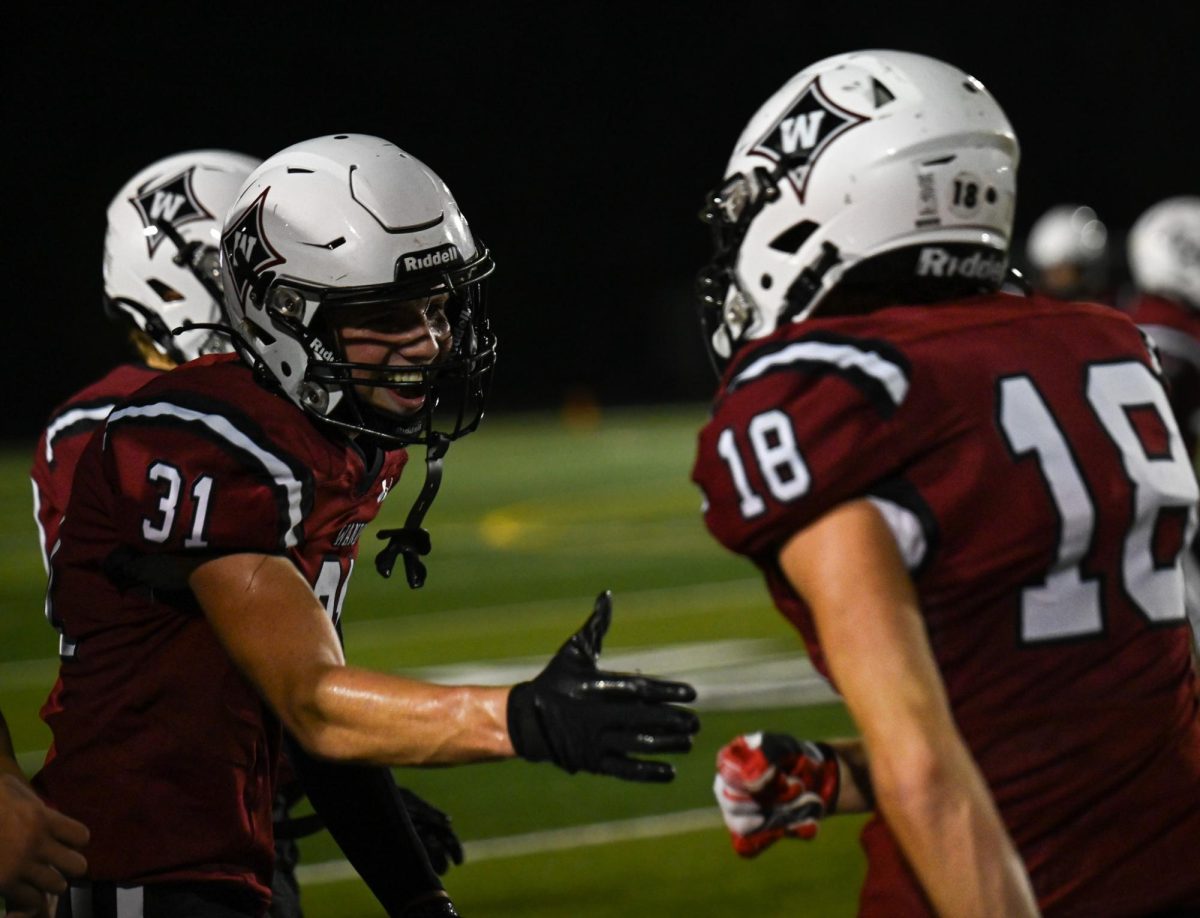Guns in Schools
February 7, 2017
The movement of three muscles and a fourth of a second are all it takes to fire a gun.
But the consequences can defy numbers.
It is these potential consequences that are part of the argument surrounding a bill that was pre-filed in early January by Republican State Sen. Kevin Bryant from Anderson.
The bill was filed in response to the Townville Elementary School shooting back in September of 2016 that took the life of 6-year-old Jacob Hall.
The proposal would allow teachers with proper training to bring a knife over two inches long, a blackjack, a metal pipe or pole, a firearm or any other type of weapon to school to be used for the protection of students in the events of a school shooting or other violent outbreak.
This proposal has been received with varied responses from those within and outside of the school system.
“I think philosophically, I understand where [the proposal] is coming from, because it’s all under the umbrella of school safety,” Assistant Principal David Crockett said. “From that standpoint, I can understand that the idea behind it is that we’ve had Columbine, [Newtown] Connecticut and the one in upstate South Carolina this past year, and there’s been multiple others. So the idea is that you want to prevent those incidents from happening and working through ideas.
“But the most difficult part of that is going from the philosophy and ideology of it to the physical implementation of it,” he continued. “You have to make sure the implementation means safety and doesn’t create more harmful situations. I don’t know if I can say I’m on one side of the other. As someone who always has to think about school safety — everytime time we have an event or every time we do something we’ve got to think about how people are getting in, who’s gonna be there etc… So as someone who puts the safety of students first, I understand that’s the overarching theme. Keep students safe, keep teachers safe. I understand the heart behind [the bill], but I think my agreement or disagreement will ultimately come down to the execution of what they really want to do.”
But for some, the discrepancies and “what ifs” involved with the potential implementation of this bill are enough to raise major concerns.
“Personally, I’m against the idea of teachers having guns in schools,” Student Resource Officer William Mauldin said.
Mauldin has been an SRO for six years, and has been in the Mt. Pleasant Police Department for almost 21.
“I think the less guns we have in the school, the better, because we [Student Resource Officers] have guns ourselves. The thing is that when you have a gun, you have to be responsible for it,” he said. “There’s a situation we have now with cell phones — cell phones get stolen because of carelessness. So if you can imagine with guns, even if you had it locked up, you have to be responsible for it and if it gets into someone’s hands for some reason we’ve got a big problem.”
And the responsibility lies not only in the actual possession of the weapon, but in deciding when and when not to use the weapon.
It’s easier said than done.
“The responsibility is knowing when to shoot and when not to shoot, and you even have some officers who have had problems with that and have made bad decisions,” Mauldin said. “So imagine someone who is not in law enforcement and doesn’t have the amount of training we constantly get… putting a gun in their hand could be detrimental.
“Even though I’m a police officer, I’ve never liked guns,” he added. “I use it because it’s my job and I’ve been trained with it, but I know that putting a gun in a person’s hand — even people who have been trained with it — can make mistakes. Even if you’re trained to use it a certain way and that one moment you don’t do the right thing can be extremely detrimental.”
Some feel the same, believing the duty of protecting students should be left to the professionals.
“I do not believe arming teachers with firearms is a reasonable solution to school violence,” said AP U.S. History teacher George Gray. Gray grew up around firearms, and has been hunting with his family since the first grade, but feels that the idea of maintaining and being responsible for a gun every day at school is simply not the job of a public school teacher.
“We are very blessed that we have four resource officers that all have firearms, so I feel like we are adequelty protected in that way,” he said. “If they ended up passing the bill, I would feel very uncomfortable having a firearm in the classroom, for myself and for my colleagues and students. I think the chance of students getting ahold of a firearm are that much greater, and the chances of a staff or faculty member not being properly equipped or trained are that much greater.”
But some feel that if this proposal becomes law, they could handle the responsibility.
“My father was an FBI agent and I’ve been around guns my whole life,” English teacher Rebecca Mitchell said. “I’ve been trained with weaponry. [Guns] don’t scare me, I respect them and I have more knowledge than the average person regarding guns and using them. I know I’d follow the rules and keep it in the classroom and have all of the locks and precautions in place. I know that I’d keep it away from children and just have it there as a last resort.”
However, Mitchell also stressed that if the bill is passed, it should be done with extensive caution and regulation.
“There should be very strict limitations on who can have that gun and have extensive training from police officers or certified instructors,” she said. “Teachers must pass all of the background checks and exams. Teachers shouldn’t use the weapons to go out and patrol the hallways. The gun is only to be used if someone intending to do harm breaks into the classroom and as a last resort, that trained teacher has the ability to defend their students and themselves. That’s the circumstance I approve of.”
Even if the proposed bill doesn’t make it into law, it still addresses an increasingly important issue: violence in schools. So if arming teachers isn’t the answer, what can be done?
“Just because a teacher might have a gun in the classroom doesn’t mean you’re actually preventing something from happening,” Mauldin said. “The thing is that if someone wants to [commit an act of violence], they’re going to try to do it regardless. So we’ve gotta make it as hard as possible for them to do those things. Whether it’s getting metal detectors, which would require schools getting the money and resources, or getting stricter gun laws, which would put it out there that ‘Hey, if you wanna try to do this, there are some really severe consequences.’”
And the task of preventing a tragedy doesn’t stop with metal detectors, cameras or other beefed up security measures. Getting to the root of the violence involves building an in depth relationship with students.
“We try to talk to teachers about having groups in school and building relationships with students,” Crockett said. “That’s why we try to keep your same advisement, keep your same guidance counselor, keep your same assistant principal… Our goal is to make every student feel like they have at least a handful of people at Wando that they’ve gotten to know. To the point to where if a teacher is standing at the door and shaking people’s hands as they walk in, they can tell if something is going on with a student and pull them aside and say ‘Hey, what’s going on, are you okay?’ It’s about making students feel like someone cares enough to ask them questions.
“When people feel like they’re connected and like they belong or like they have someone that cares,” he added, “they are less likely to take those steps towards something violent.”








































